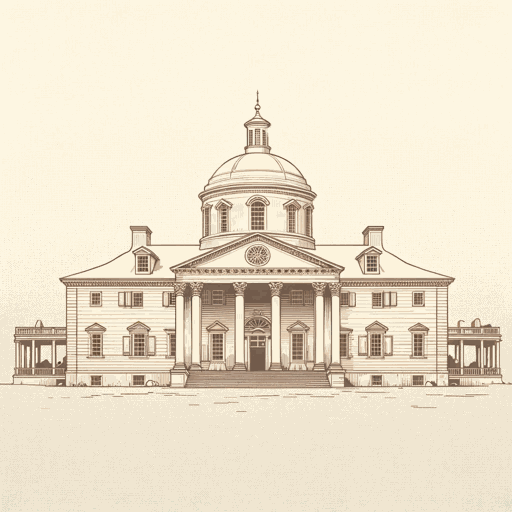41 pages • 1 hour read
Joseph J. EllisFounding Brothers: The Revolutionary Generation
Nonfiction | Book | Adult | Published in 2000A modern alternative to SparkNotes and CliffsNotes, SuperSummary offers high-quality Study Guides with detailed chapter summaries and analysis of major themes, characters, and more.
Chapters 3-4Chapter Summaries & Analyses
Chapter 3 Summary: “The Silence”
On February 11, 1790, two Quaker delegations—one from New York, the other from Philadelphia—present petitions calling for the federal government to put an end to the African slave trade to the House of Representatives. The recently ratified United States Constitution permits slavery in the sense that it “specifically prohibited the Congress from passing any law that abolished or restricted the slave trade until 1808” (82).
Another petition arrives on February 12 from the Pennsylvania Abolition Society. These abolitionist petitions claim that “both slavery and the slave trade were incompatible with the values for which the American Revolution had been fought” (82). The petition arrives with the signature of Benjamin Franklin, “whose patriotic credentials and international reputation were beyond dispute” (83). Franklin’s endorsement means that Congress’s plan of calmly receiving abolitionist petitions and banishing them into oblivion is no longer going to work. So the House allows a debate on the two petitions in which southerners argue that the Constitution and even the Bible condone slavery—and that the South’s economy depended upon it. There are some counter-perspectives at that meeting, the most interesting being from Elbridge Gerry of Massachusetts, who claims that the South has been ‘“betrayed into the slave-trade by the first settlers’” and the role of the North is to rescue them from it as both a political obligation and “‘matter of humanity’” (86).
Related Titles
By Joseph J. Ellis





